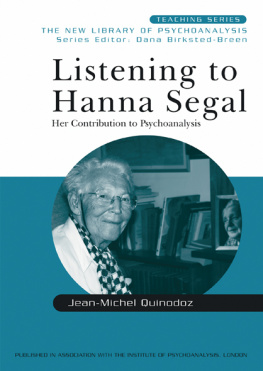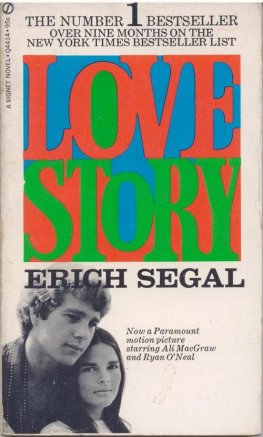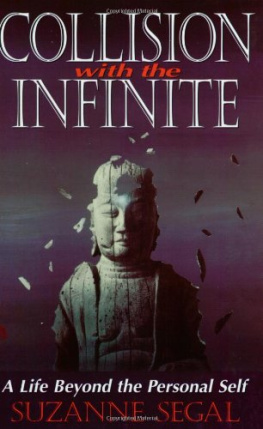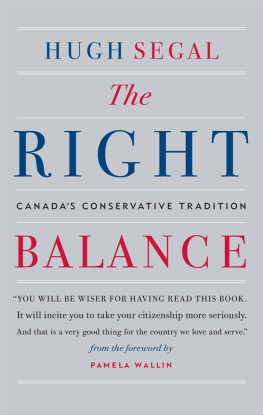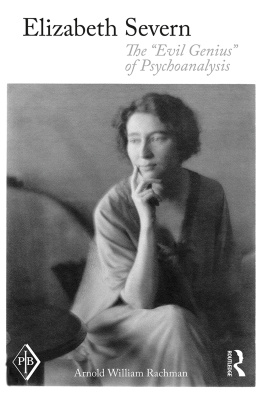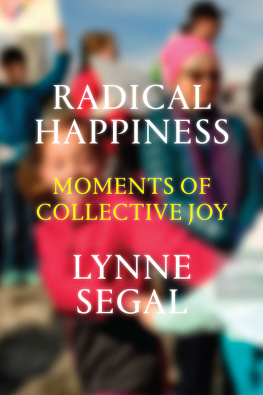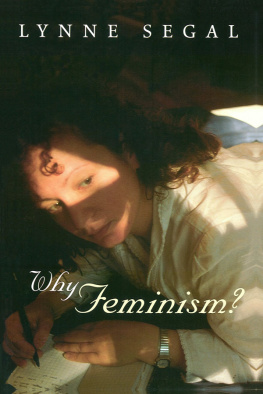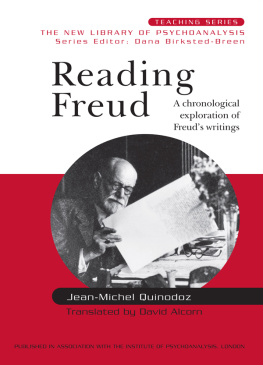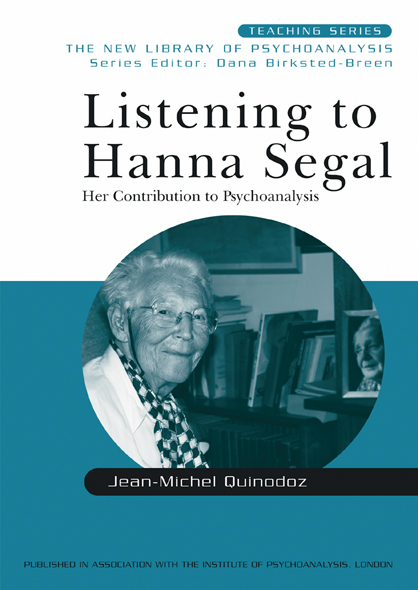First published 2008
by Routledge
27 Church Road, Hove, East Sussex BN3 2FA
Simultaneously published in the USA and Canada
by Routledge
270 Madison Avenue, New York, NY 10016
Routledge is an imprint of the Taylor & Francis Group, an informa business
This edition published in the Taylor & Francis e-Library, 2007.
To purchase your own copy of this or any of Taylor & Francis or Routledges collection of thousands of eBooks please go to www.eBookstore.tandf.co.uk.
Copyright 2008 Jean-Michel Quinodoz
Translation (selected material) David Alcorn
All rights reserved. No part of this book may be reprinted or reproduced or utilized in any form or by any electronic, mechanical, or other means, now known or hereafter invented, including photocopying and recording, or in any information storage or retrieval system, without permission in writing from the publishers.
This publication has been produced with paper manufactured to strict environmental standards and with pulp derived from sustainable forests.
British Library Cataloguing in Publication Data
A catalogue record for this book is available from the British Library
Library of Congress Cataloging in Publication Data
Quinodoz, Jean-Michel.
Listening to Hanna Segal : her contribution to psychoanalysis / Jean-Michel Quinodoz ; translated by David Alcorn.
p. ; cm. (New Library of psychoanalysis teaching series)
Includes bibliographical references and indexes.
ISBN 978-0-415-44493-4 (hbk) ISBN 978-0-415-44085-1 (pbk) 1. Segal, Hanna. 2. Psychoanalysis. I. Segal, Hanna. II. Title. III. Series.
[DNLM: 1. Segal, Hanna. 2. Psychoanalysis. 3. Psychoanalysis Interview. WM 460 Q7L 2008]
RC438.6.S44Q56 2008
616.8917dc22
2007020597
ISBN 0-203-93757-0 Master e-book ISBN
ISBN13: 978-0-203-93757-0 Master e-book ISBN
ISBN13: 978-1-134-06604-9 ePub ISBN
ISBN 978-0-415-44493-4 (hbk)
ISBN 978-0-415-44085-1 (pbk)
INTRODUCTION
HANNA SEGAL: THE TEACHER AND HER TEACHING
In the seminars and supervisions that Hanna Segal conducted in Geneva from 1979 until 1989, I was able to appreciate the perspicacity of her clinical approach, as well as the clarity and concision with which she communicates her thinking. How could that invaluable teaching be conveyed to the reader in a sufficiently lively manner? I had the idea that a series of live interviews with Hanna Segal in which she would discuss her creativeness as a psychoanalyst and the part she has played in the history of psychoanalysis she herself, after all, has been one of its outstanding representatives for some sixty years now could perhaps go some way to doing just that.
She welcomed the project all the more enthusiastically, she told me, because it corresponded exactly to one of her dearest wishes: to bear witness to the decisive influence that certain events in her own early childhood had had on her vocation to be a psychoanalyst. Although such factors are readily acknowledged as being decisive for understanding how someones personality has developed, she added, they are hardly ever mentioned in biographies almost never, indeed, in those of psychoanalysts.
On several occasions between 2004 and 2006, I travelled to London to interview Hanna Segal. Our discussions were mainly in English, with some sequences in French, a language that Hanna Segal speaks fluently. The interviews were recorded on cassette tapes, which were subsequently transcribed by Mary Block, her private secretary, and later supplemented in a few brief telephone conversations.
Here, then, verbatim, is almost the entire series of interviews. Some editorial changes have been made, without, of course, altering the original text to any significant degree. I have, for example, brought together certain ideas relating to topics discussed in various chapters; a few minor stylistic corrections make the text easier to follow; and I decided on my own initiative to eliminate some material of a more personal nature that did not add anything to the overall content of the interviews. Any such cuts in the transcribed text are shown in the usual manner, viz..: []. Hanna Segal authorized me in writing to publish the transcripts in extenso; in addition, she asked me to deposit the original tapes and transcripts with the Melanie Klein Archives once I no longer needed them. They can be consulted there, under certain conditions. At the end of each transcribed section I have indicated on which tape the relevant extract can be found.
My original plan was to publish these interviews as they stand, with no accompanying editorial comment. It soon became obvious, however, that some presentation of Segals main contributions to psychoanalysis would have to be added to the interviews themselves so as to shed a little more light on what she says. I realized that those readers who were not particularly familiar with Hanna Segals work might well feel frustrated if they did not have some guidelines to help them on their way. I was thinking particularly of readers from outside the English-speaking world, to whom Hanna Segal is known more perhaps for her role as an ambassador of Melanie Kleins work, rather than in her own right, in spite of the fact that her own work amounts to a highly original contribution.
In order to have a contemporary perspective on Hanna Segals ideas, I contacted a number of psychoanalysts in various parts of the world, asking them what relevance Segals ideas have to present-day psychoanalysis, what criticisms have been levelled at them, and what, if any, new developments they have encouraged. It is true, of course, that several British psychoanalysts who have known Hanna Segal for many years have already put what they think into writing, in a book under the general editorship of David Bell (1997). I wanted, all the same, to have the opinion of psychoanalysts who are not native English speakers; in addition, this would give the reader some indication of the influence she has had outside the English-speaking world. The diversity of their points of view is really quite impressive, as are their stylistic differences. Their comments go to show also that Hanna Segal, no doubt too modest to have founded a school of thought of her own, has nonetheless had an enormous impact on contemporary psychoanalysis.
With the idea of sketching out a vivid and lively portrait of Hanna Segal and her work, I have chosen a multifocal approach in order to illustrate not only the content of her teaching but also the personality of the teacher. Some may be surprised by this choice, with its seemingly non-academic perspective that goes beyond traditional textbook material. I would argue, however, that the standpoint I have adopted enables the reader to know more about Hanna Segal as a teacher and invites him or her to discover the papers and books she has written, while at the same time preserving the mystery of Hanna Segal as a person. With that in mind, I have quite deliberately left unfinished this portrait of Hanna Segal.
Hanna Segal is famous for the outspoken way in which she asserts her beliefs and says what she thinks, whether in her lectures or in her written papers. That is why, in this book, I have chosen a mixture of oral discussions and written work, with the hope that the reader will be able to read Hanna Segal more easily after having listened to her. I trust that the way in which I approach the person and her work will make some contribution to highlighting the originality of Segals thinking in the midst of the many voices that characterize contemporary psychoanalysis. In my view, a constructive dialogue can be built up if we all start to listen to one another with the aim of acknowledging our similarities and clarifying our differences. From that perspective, the controversies that arose within the British Psychoanalytical Society, far from being simply a source of discord, have demonstrated their potentiality for mutual enrichment an example, indeed, for us all.

